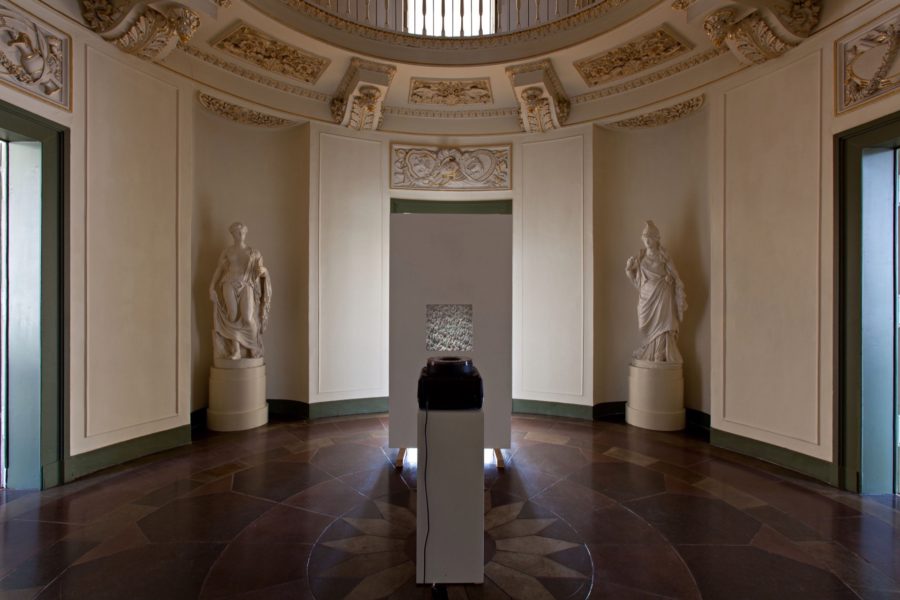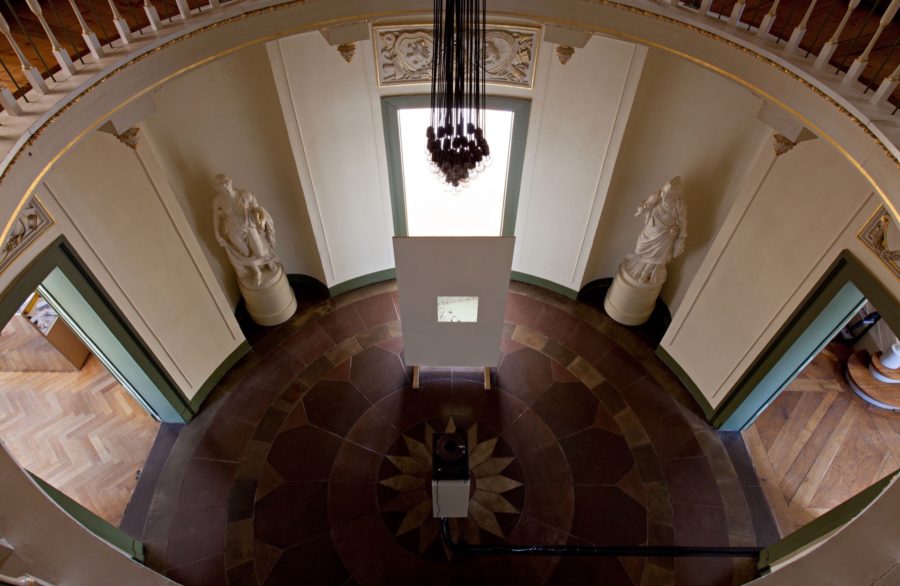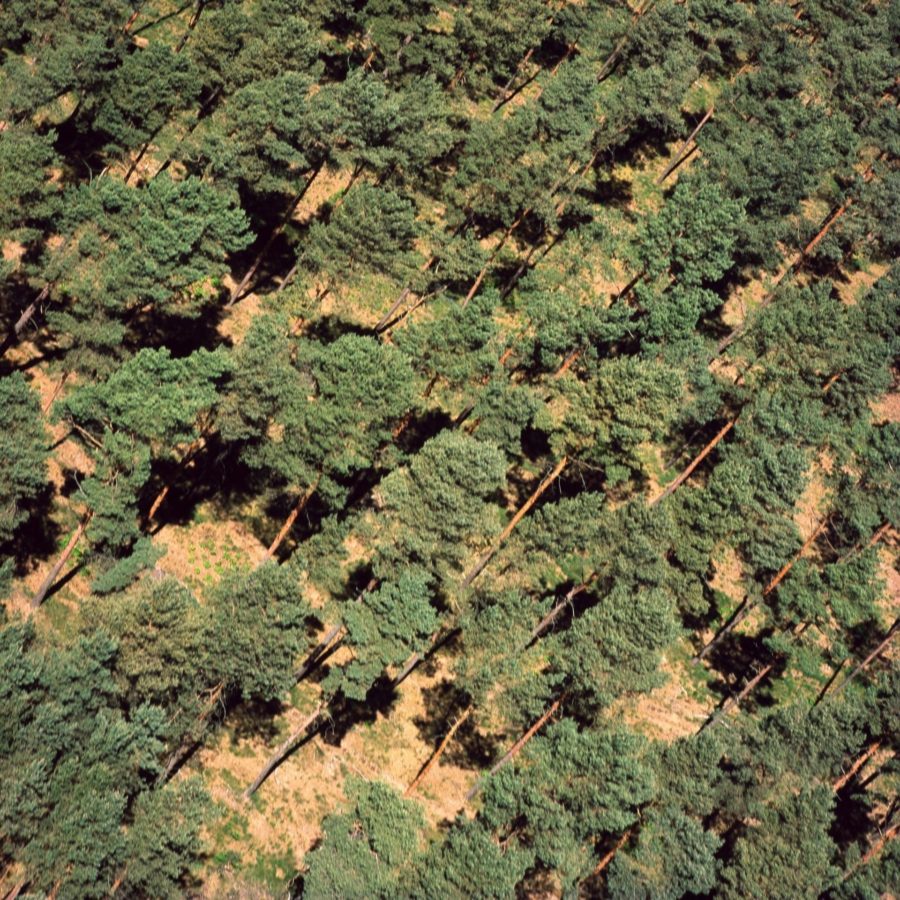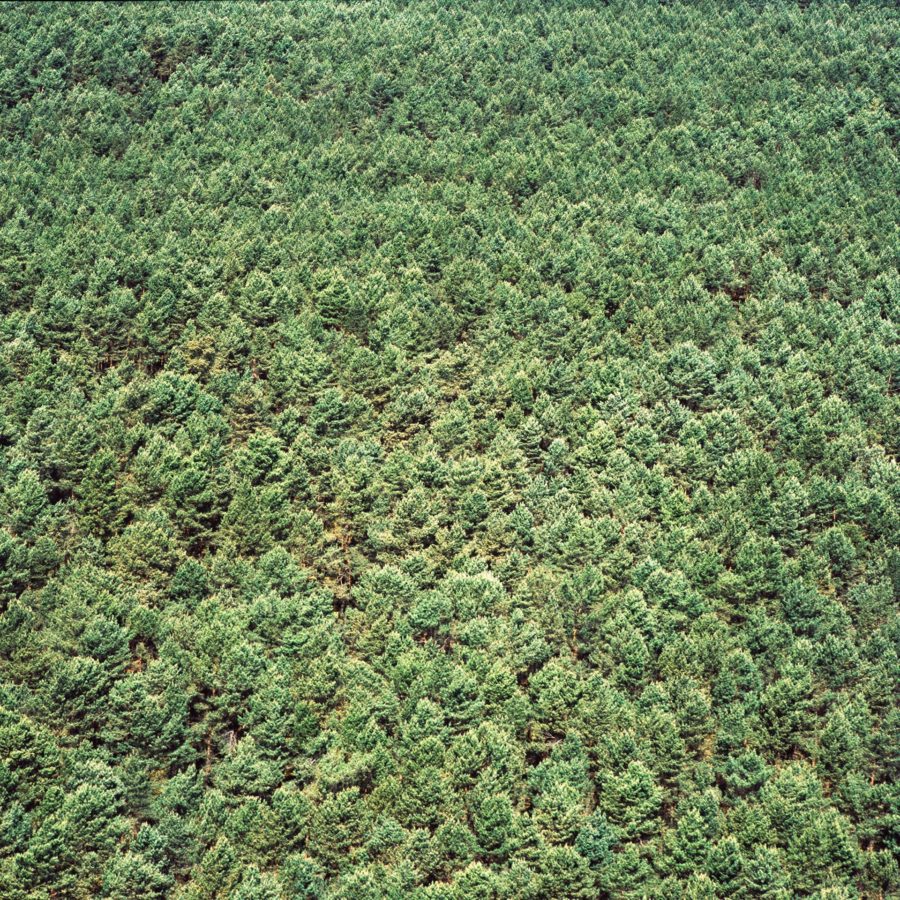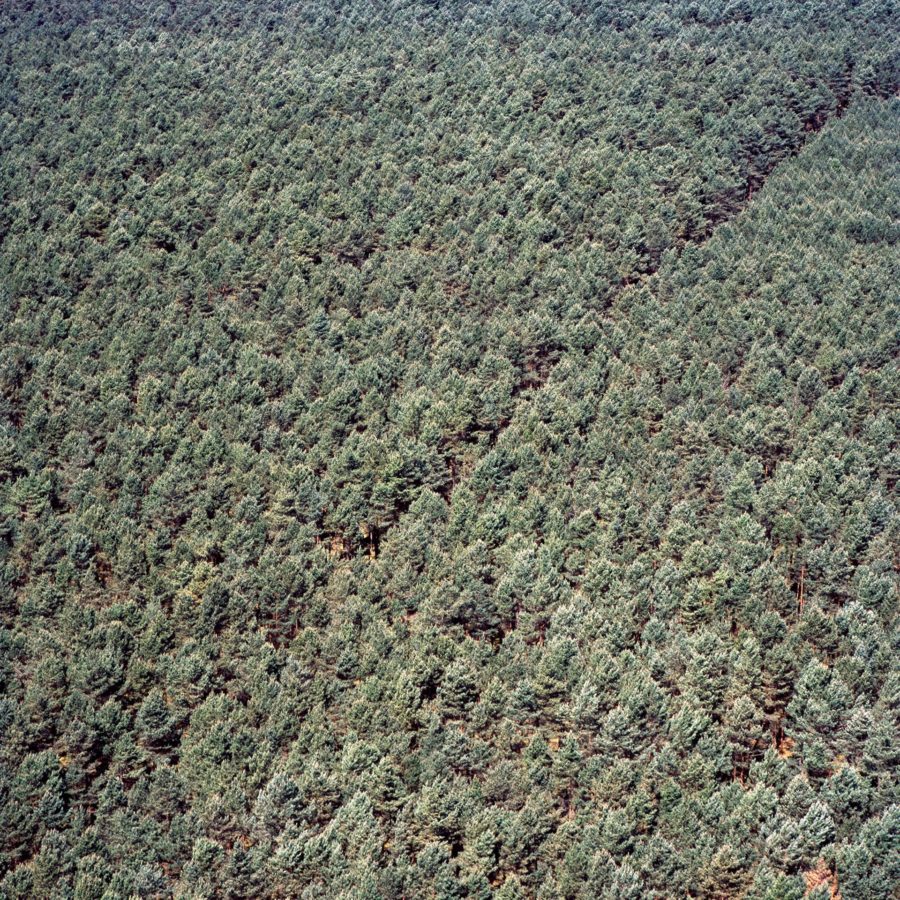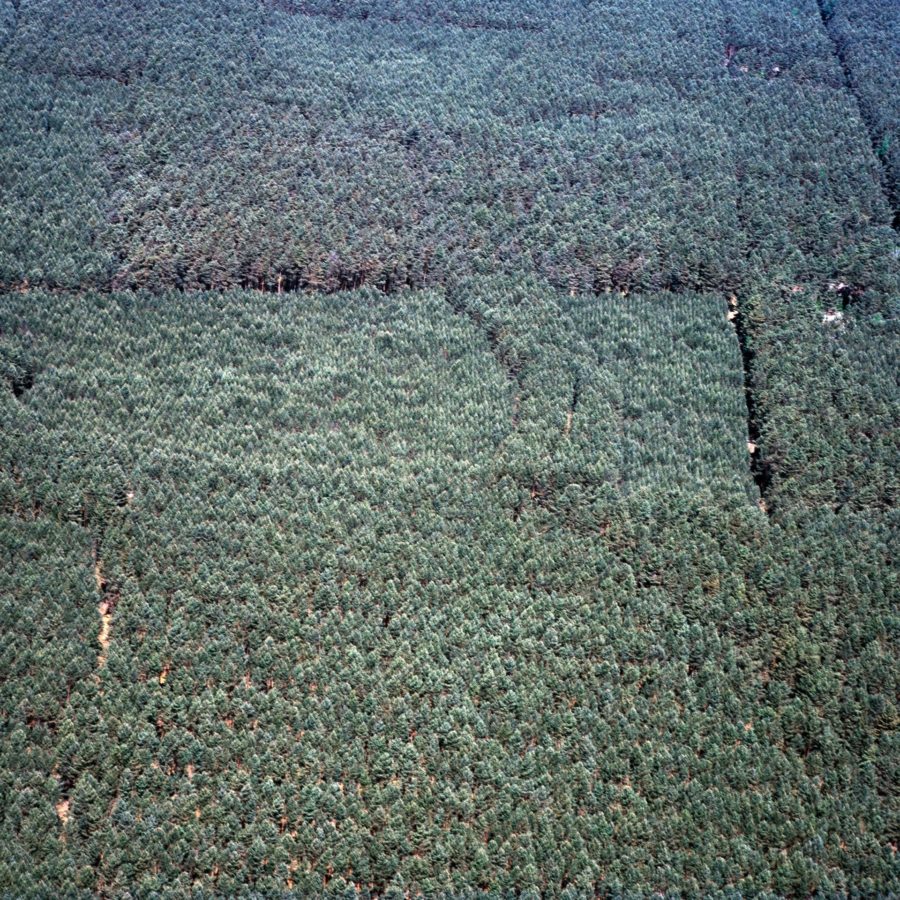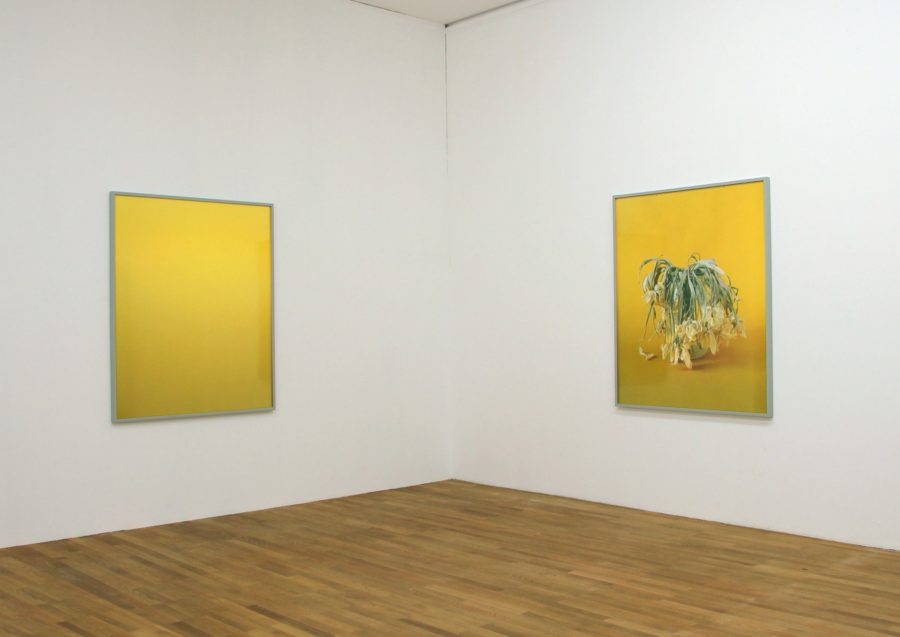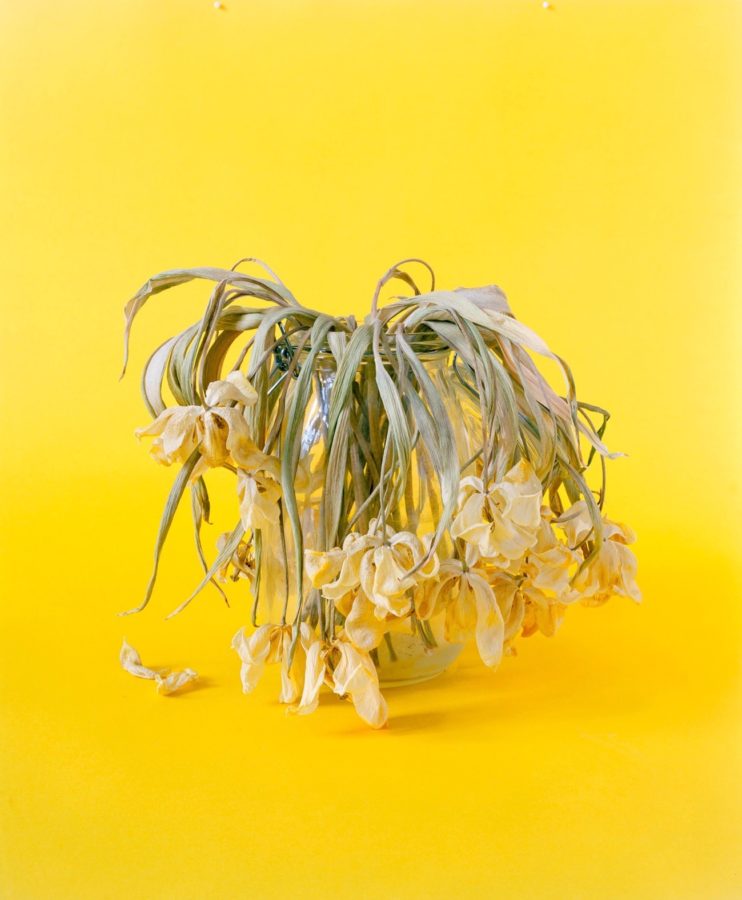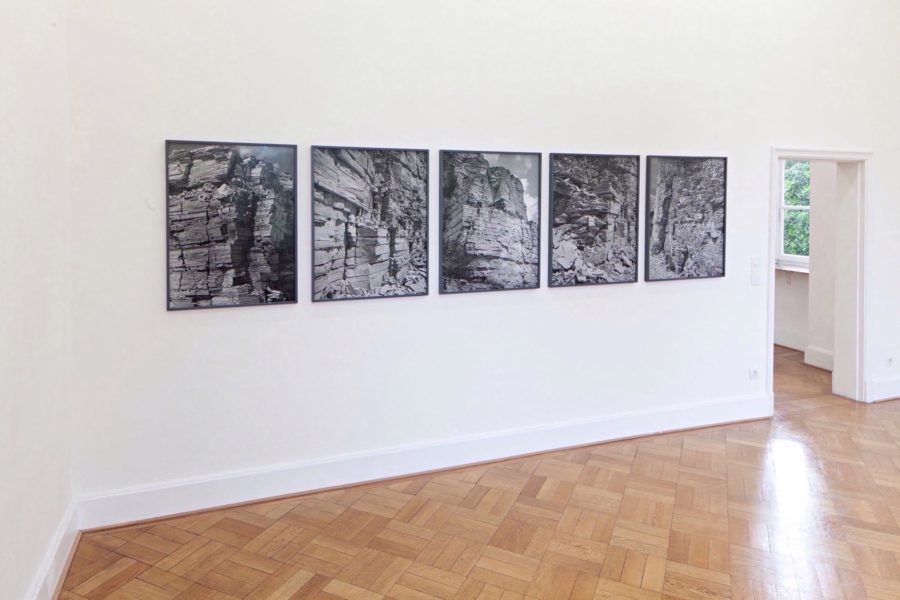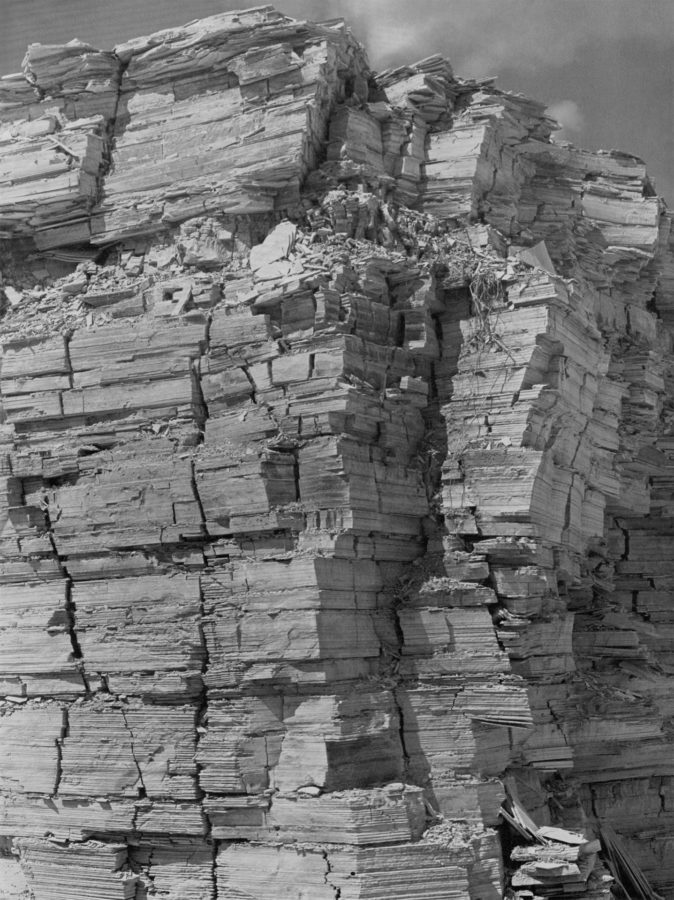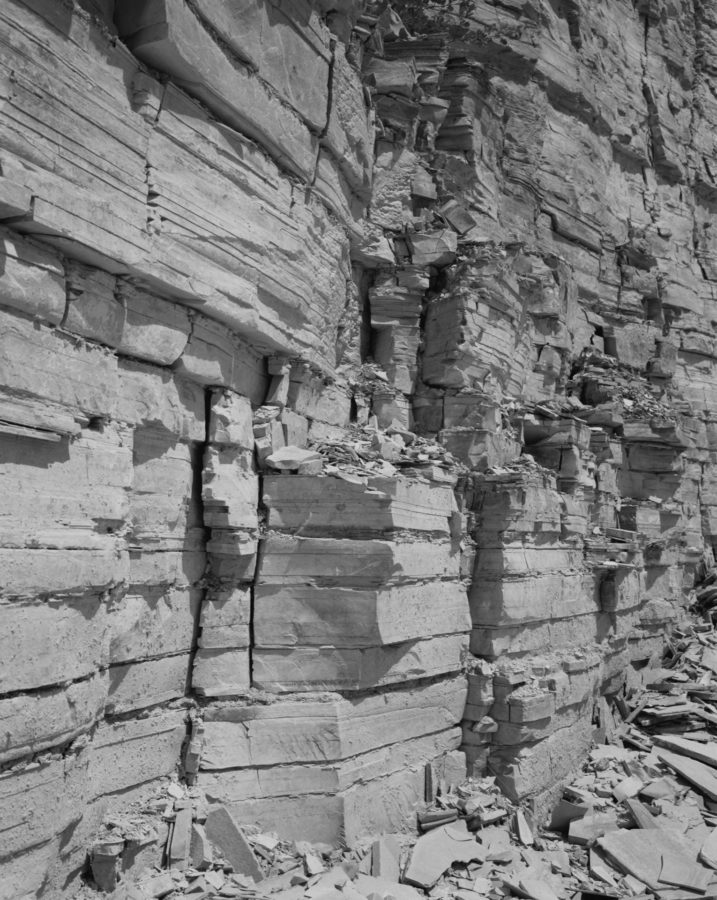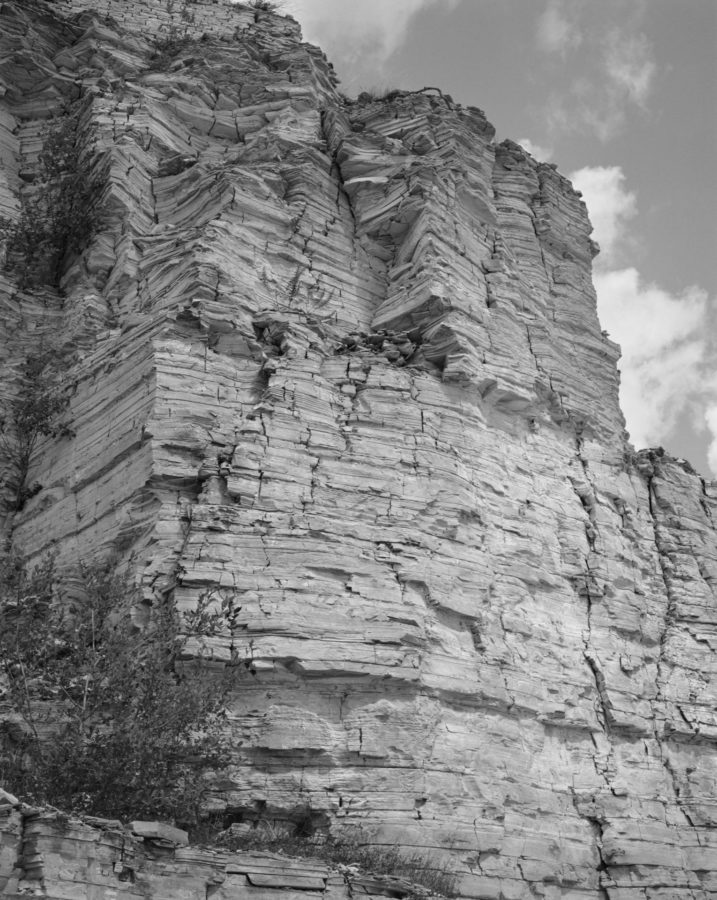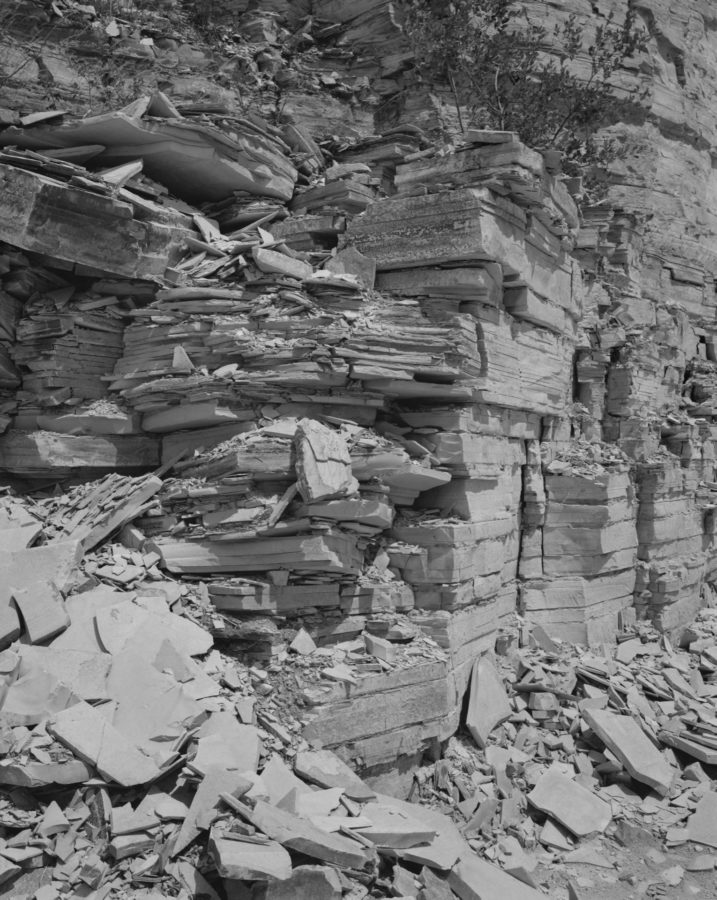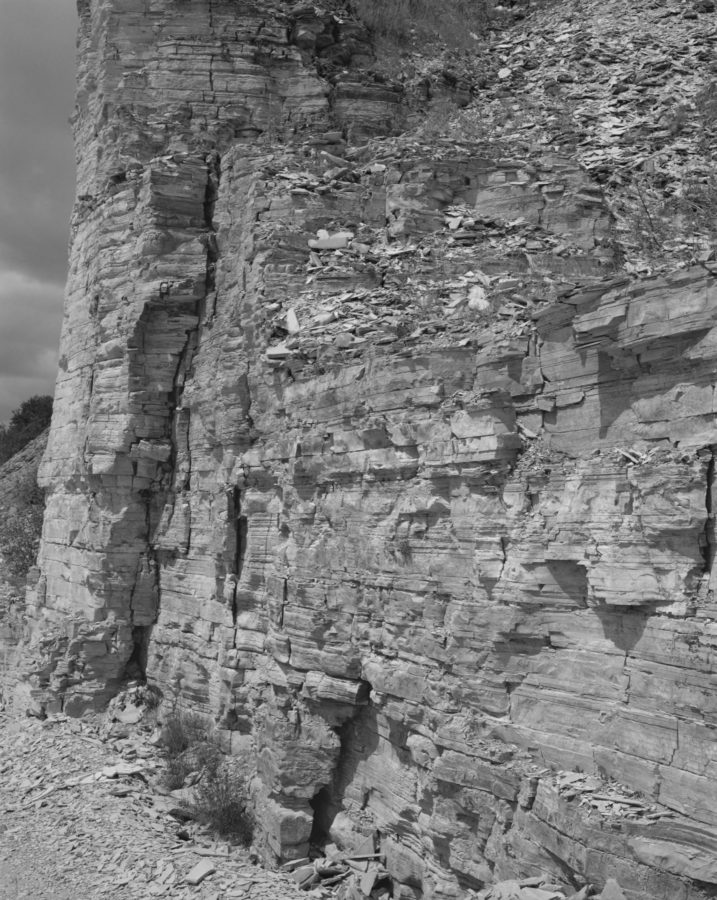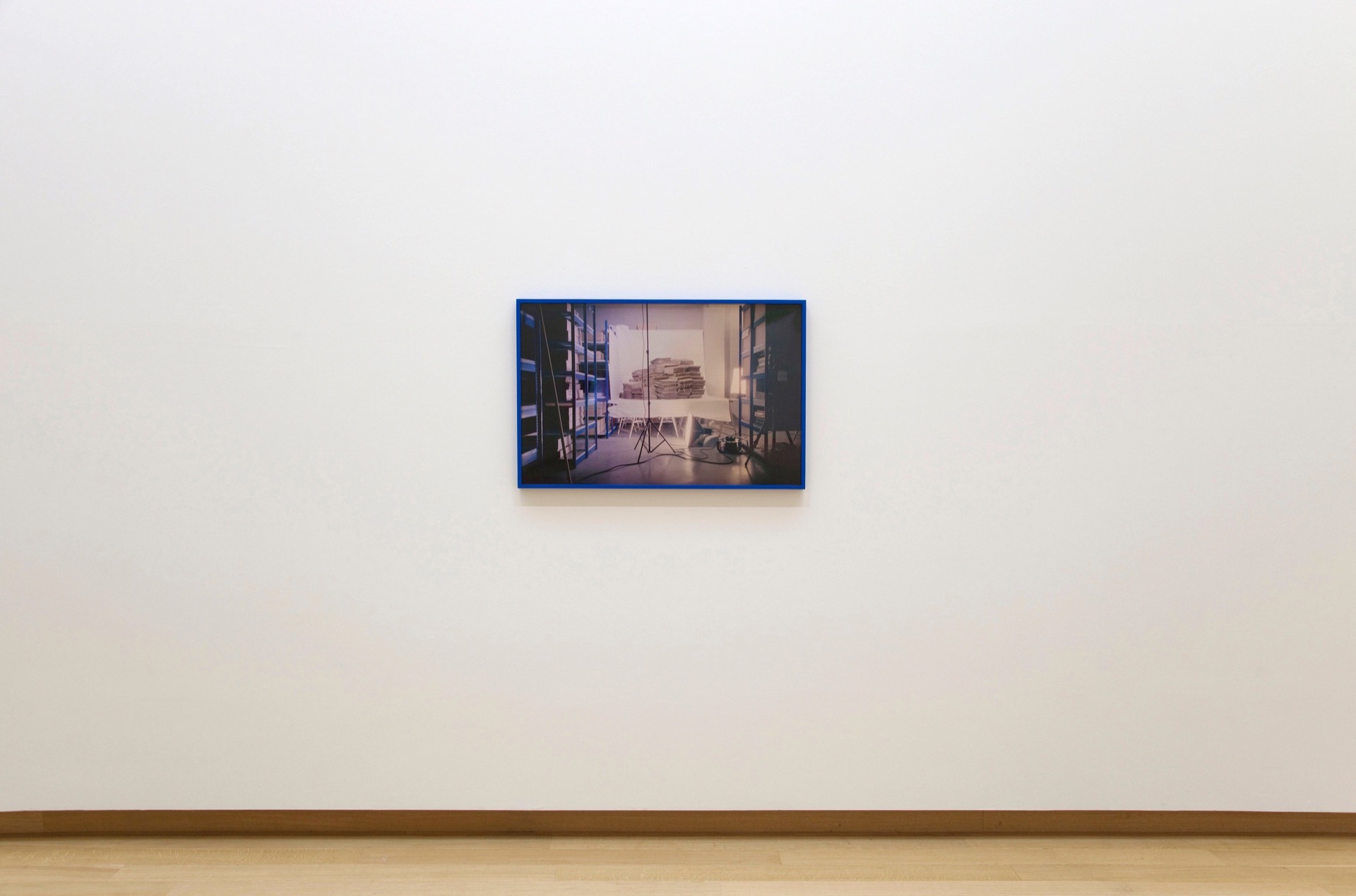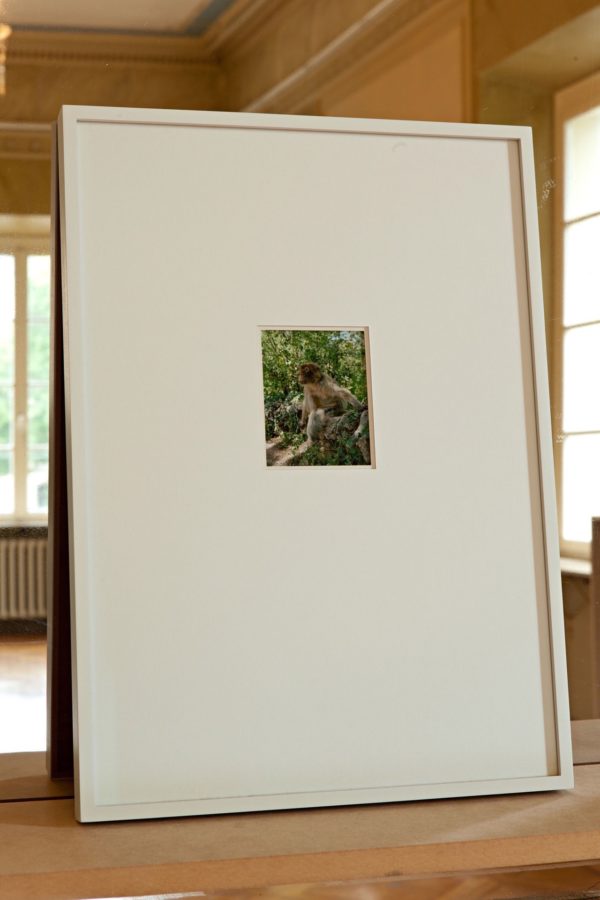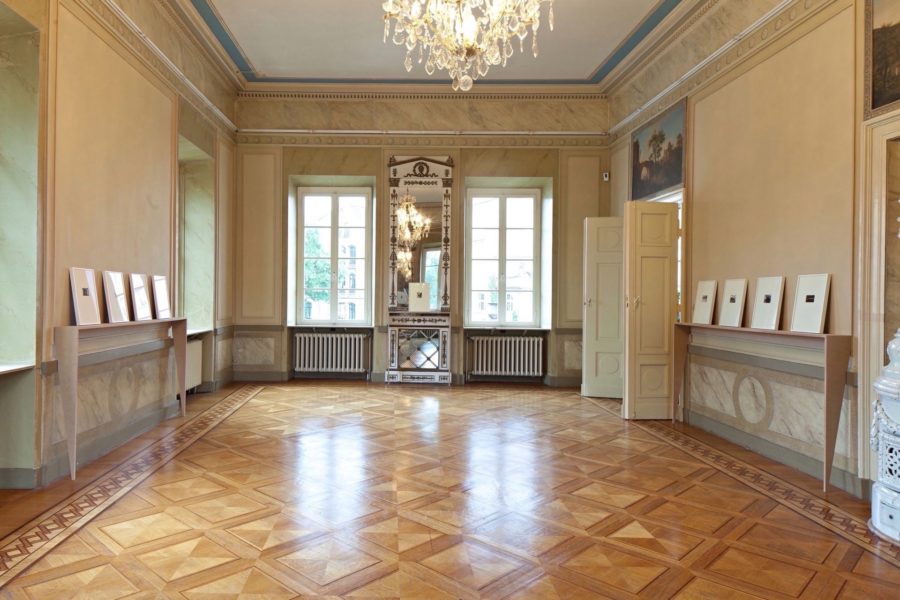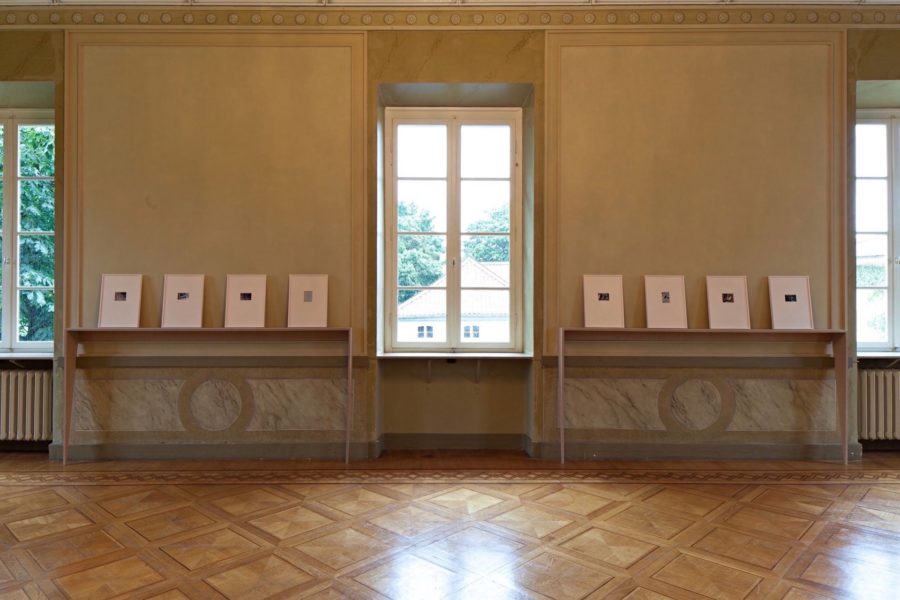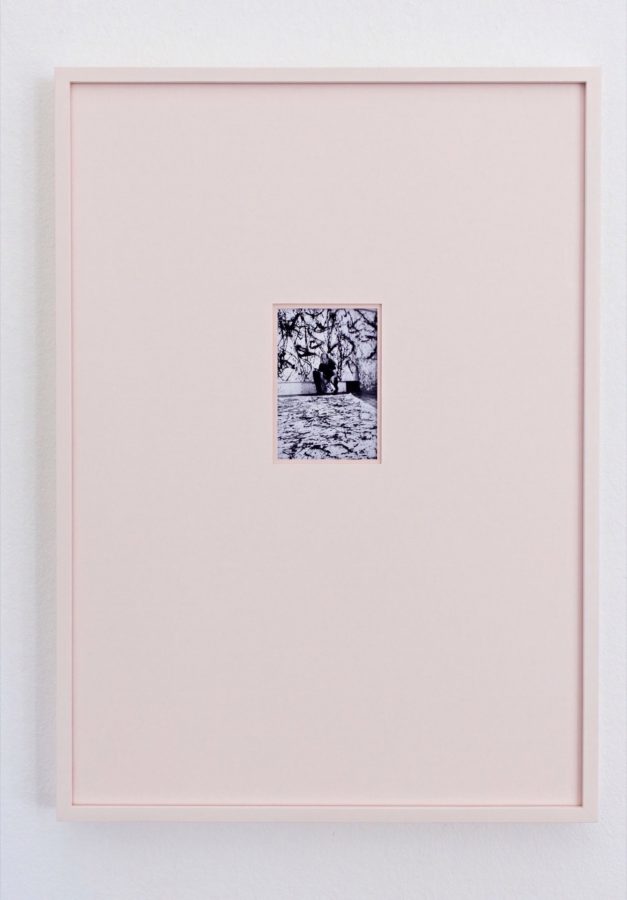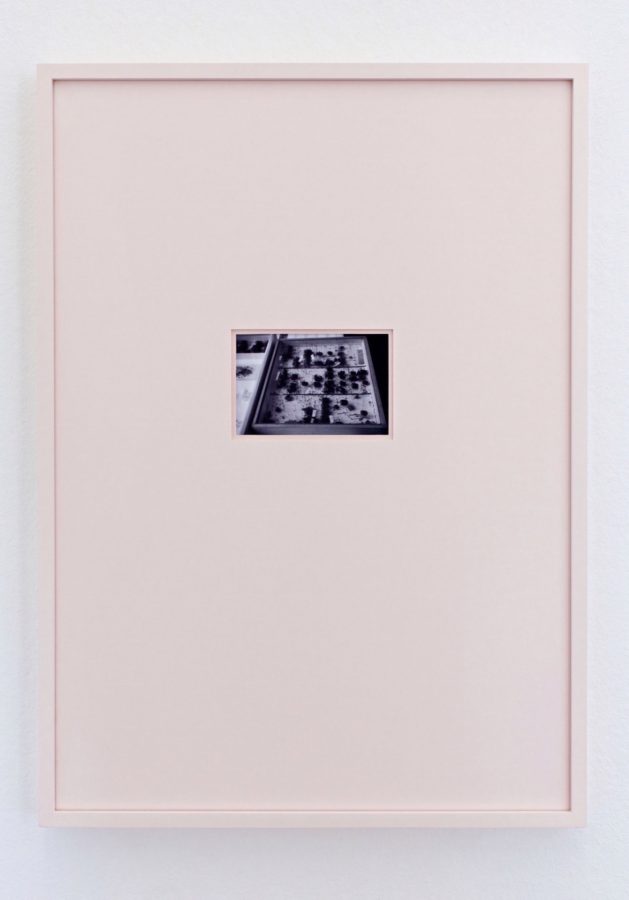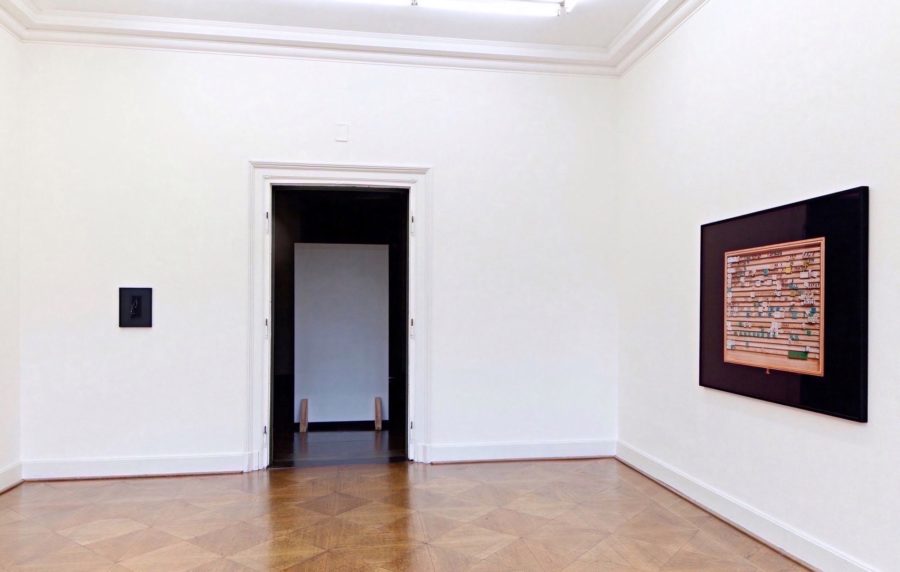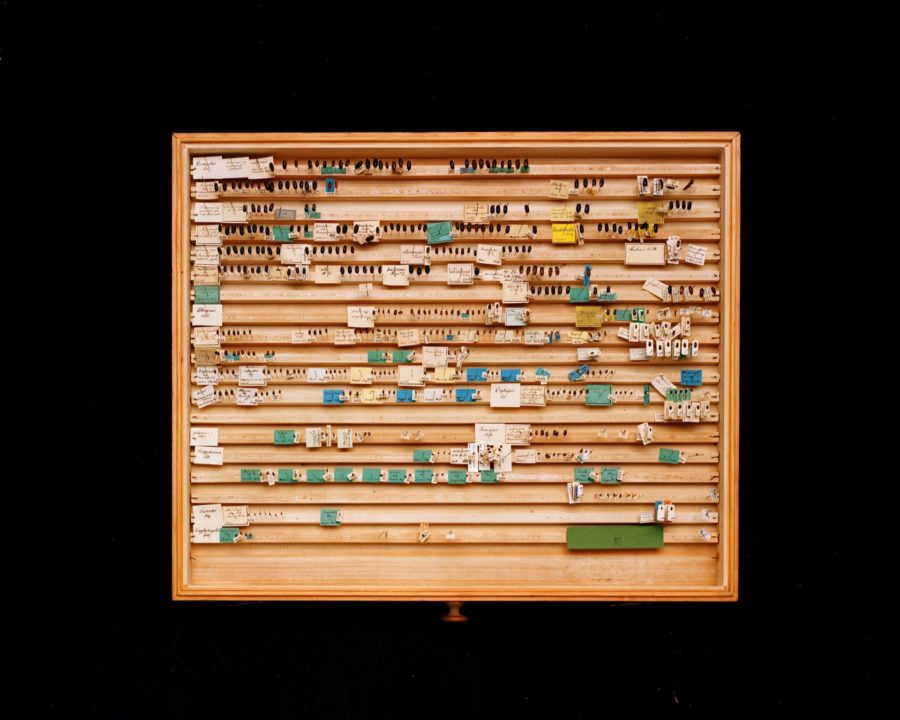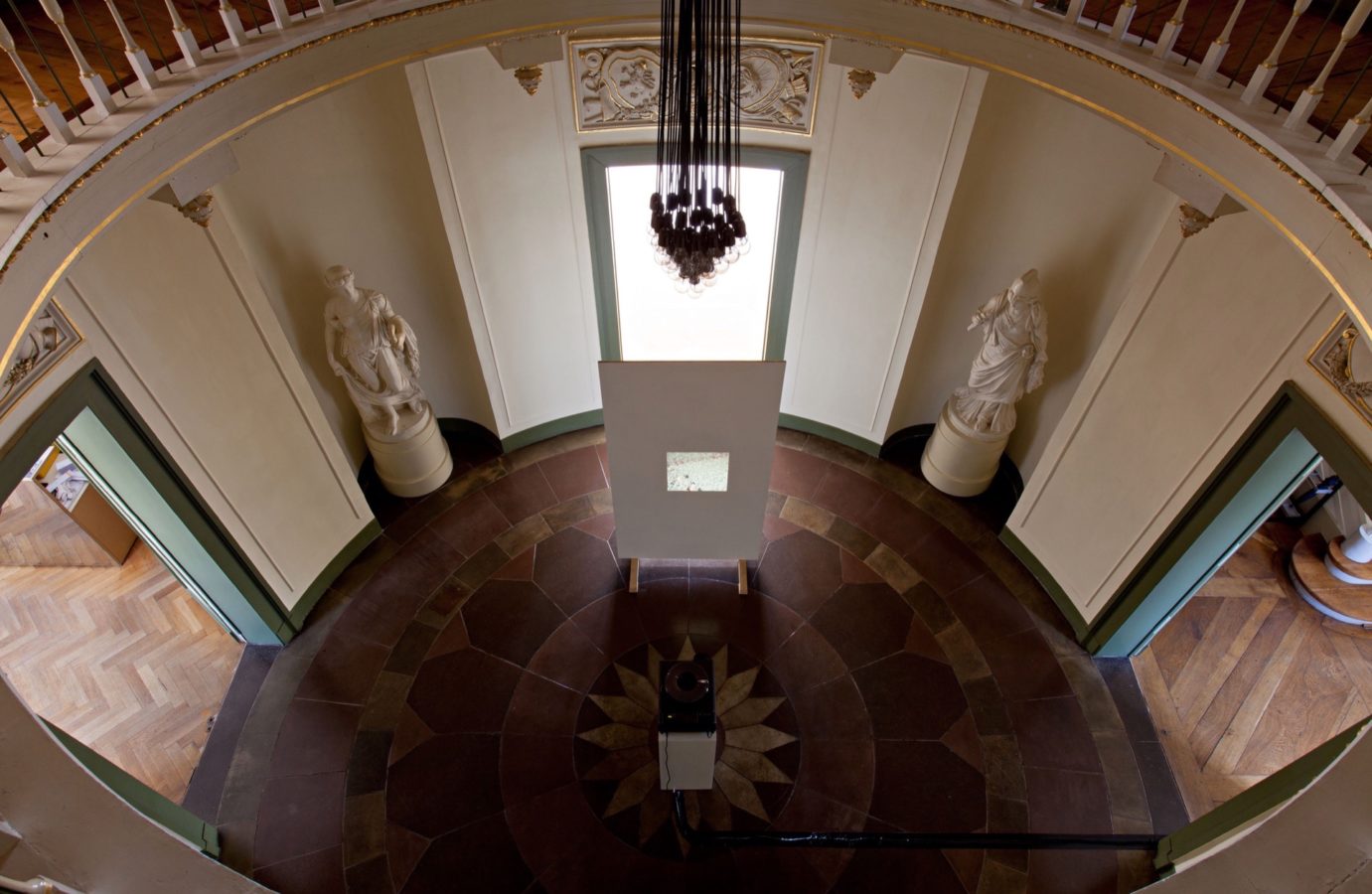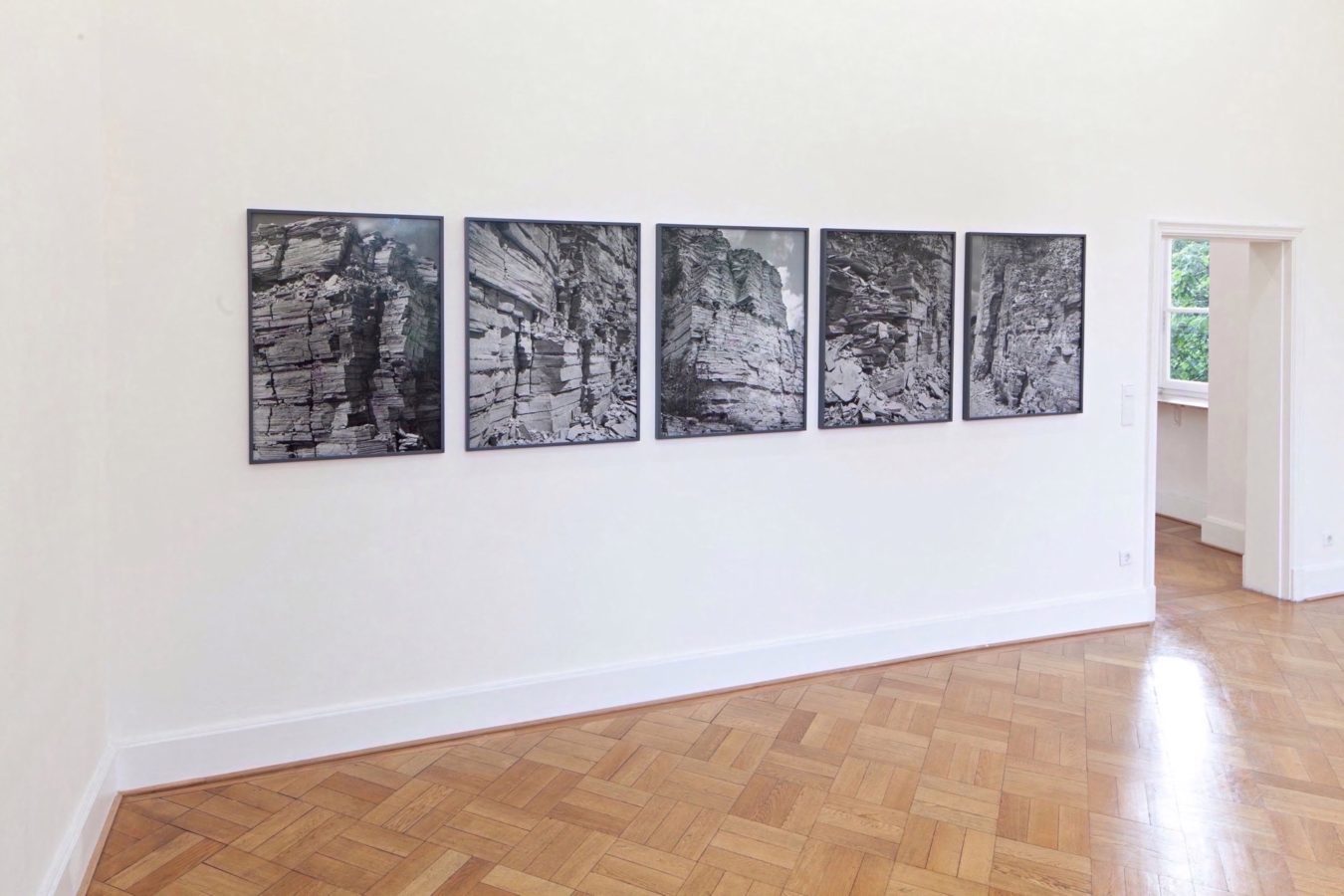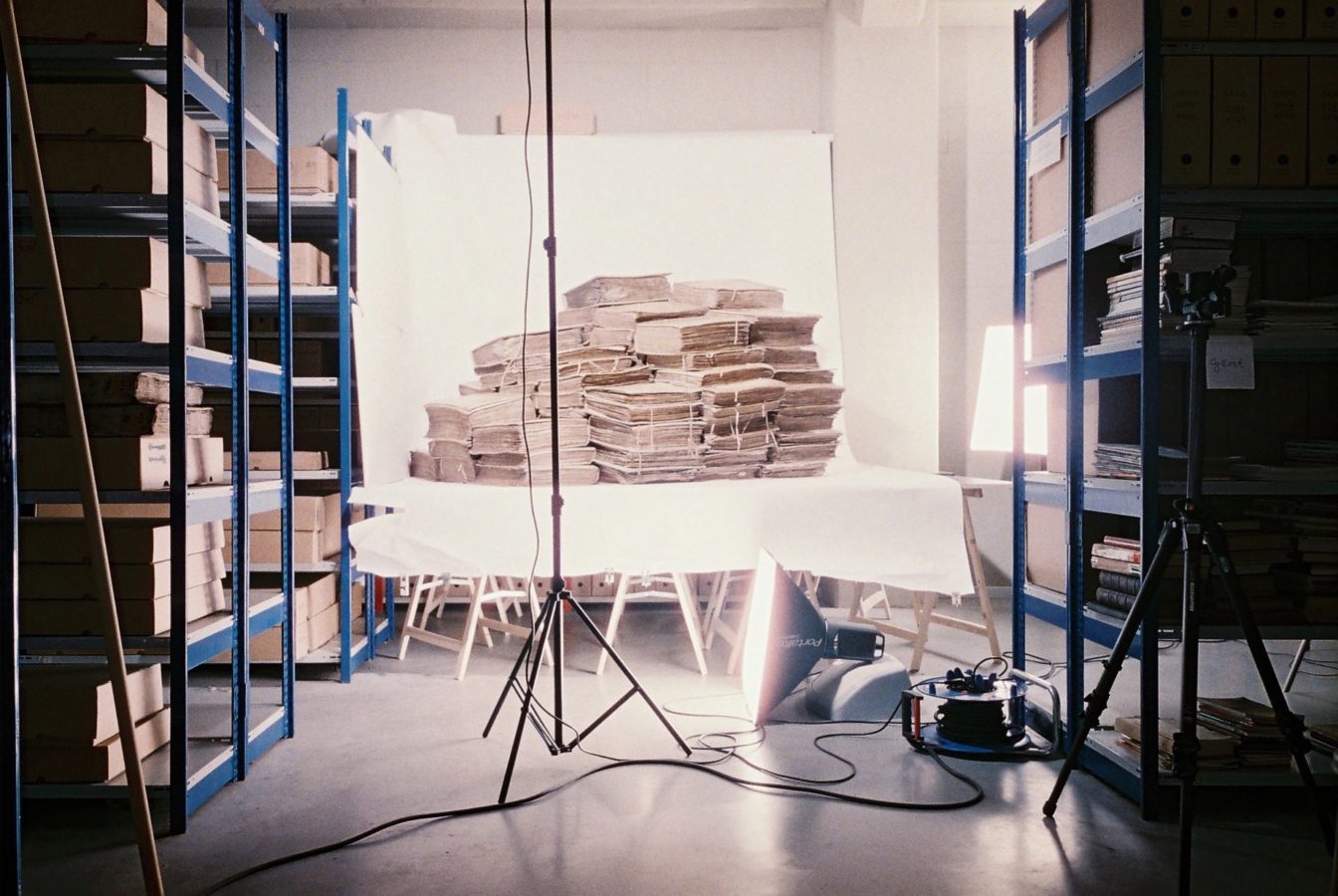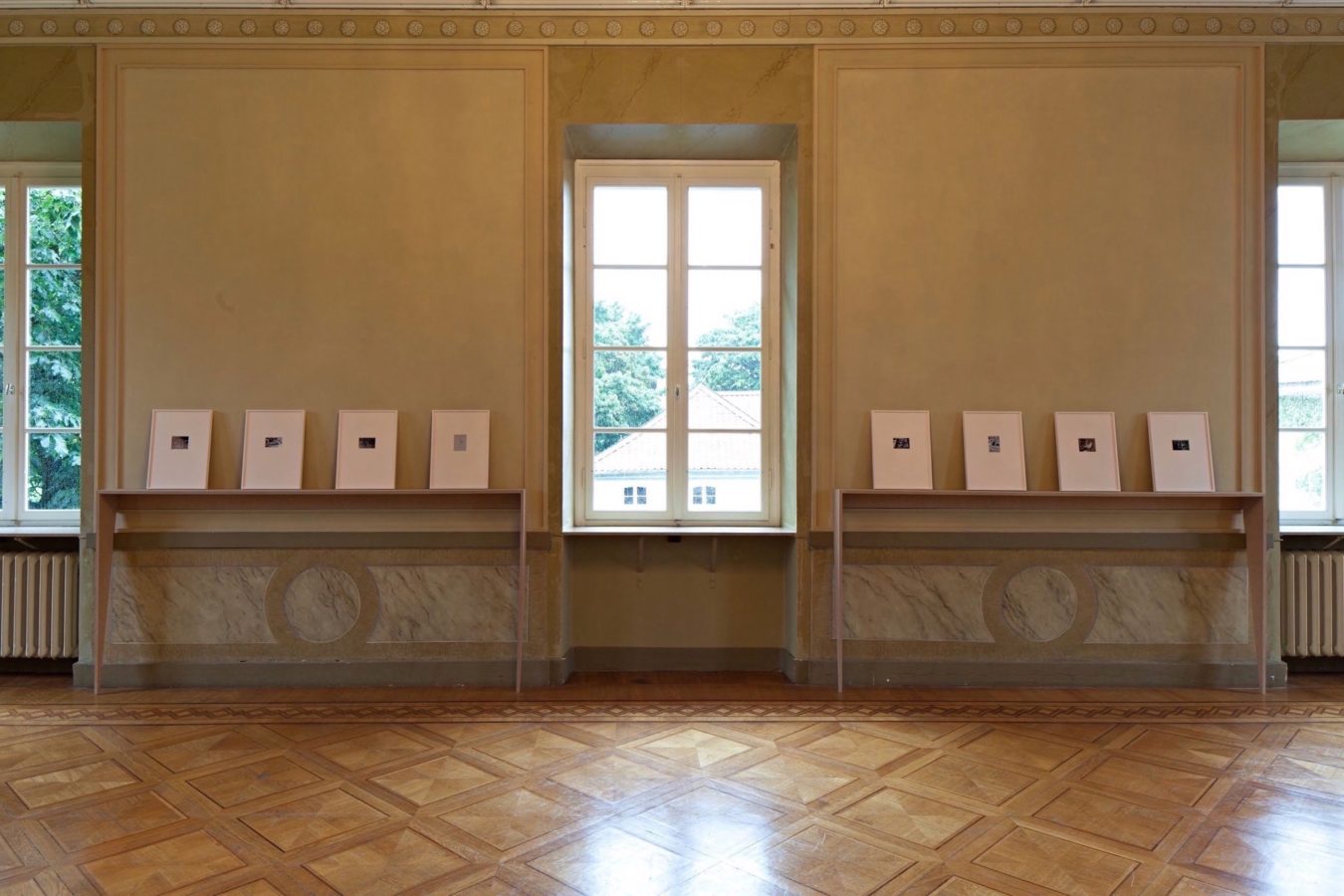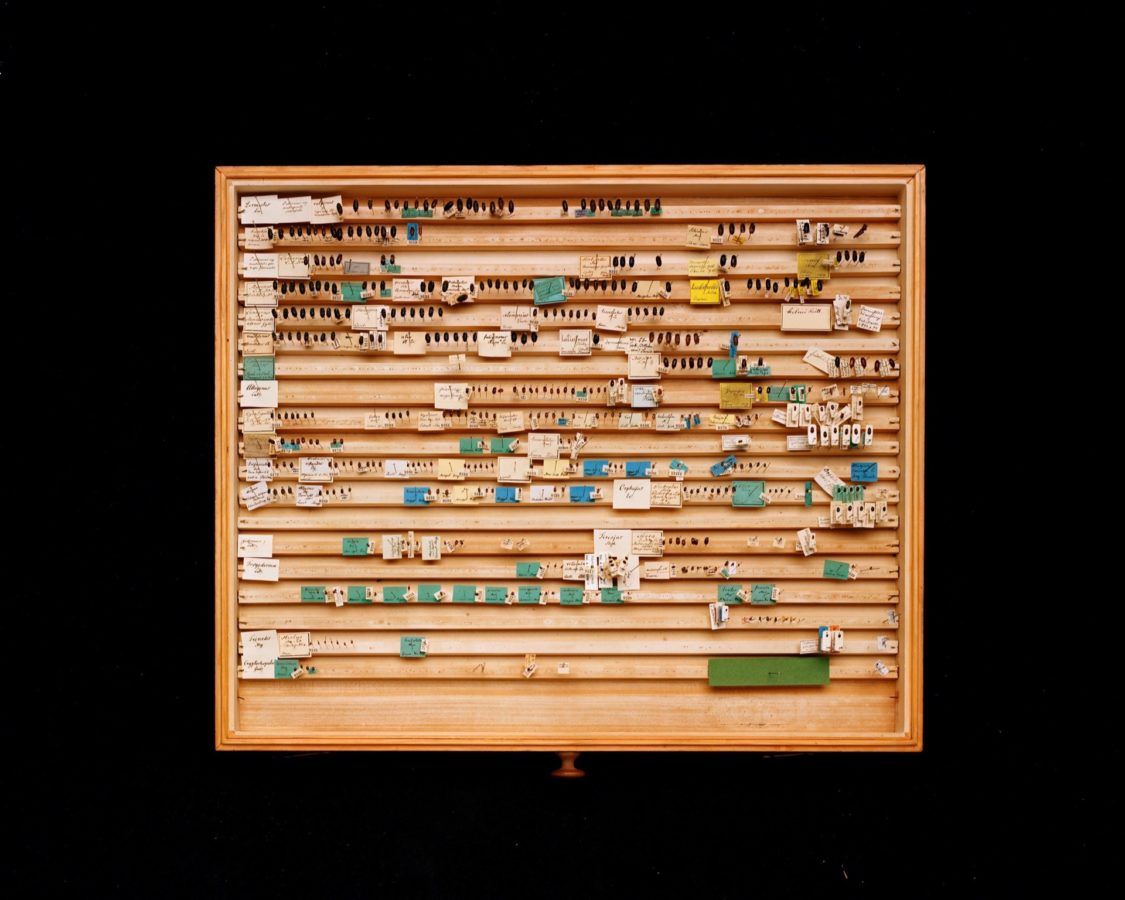In the work A Silent Crazy Jungle Under Glass (2011 – 2014) Kriemann combines historical forms of abstraction with aspects of the archive, the latter being a topic that has been crucial for her for a long time. The most interesting question here concerns references to reality: in an archive they are highly desirable, in photography they are inevitable and in abstraction they are unwanted. Setting out from visual analogies between archives and abstraction a number of other questions are stimulated: do a lot of archives not lack the relation to everyday life, to reality? And thus, do they not turn into an epitome of the perfect abstract picture?
(Mousse Magazine, 2011)
In Yellow I, II (2011) the biological decomposition of organic material is contrasted with the dissolution of the subject in a poetic visual language. Crumbling dried flowers are just plain floral pulp, like the paper of photography. The principles of resolution and repetition run like a red thread through this work. In the exhibition, the image with the flowers is mirrored into the abstract yellow image. The mirroring appears and disappears while moving through the space.
The photographic work Gestein I – V (2011) are part of Kriemann’s ongoing interest in blurring the boundaries between abstract and representational imagery – the quarry’s haggard rock faces resembles the stacks of dusty books Kriemann so often encounters in her various archival explorations (the book itself could be singled out as one of Kriemann’s favorite media), but observed at closer rage they also invoke memories of American abstract painting. The truly haunting presence, however, is that Albert Renger-Patzsch (German, 1897 – 1966), the celebrated master of New Objective photography, who in 1966, the year of his death, photographed this very same quarry (the images were collected in the book ‘Gestein’). Kriemann’s images of layers of encrusted time enact the archaeological impulse at the heart of her working method, while simultaneously paying homage to the rigorous, quasi-scientific aesthetic of one of photography’s enduring icons. (Dieter Roelstraete)
References
...Solo Exhibitions
...- Modelling (ConstructionSchool), 2013 Anolfini, Bristol Curated by: Axel Wieder
- Cold Time, 2012 Kunstverein Braunschweig Curated by: Hilke Wagner
- Susanne Kriemann, 2011 Kunsthalle Winterthur Curated by: Oliver Kielmayer
Group Exhibitions
...- Endlose Bibliothek, 2015 Alte Fabrik, Rapperswil Curated by: Alexandra Blättler
- Sail Away We Must, 2013 Zilberman Gallery, Istanbul Curated by: Ovul Durmusoglu
- The Way of the Shovel, 2013 Museum of Contemporary Art, Chicago Curated by: Dieter Roelstraete
- Frieze Art Fair London, 2012 RaebervonStenglin Zürich
- Beyond Imagination, 2012 Stedelijk Museum Amsterdam Curated by: K. Jentjens and M. Nieuwnhuizen
